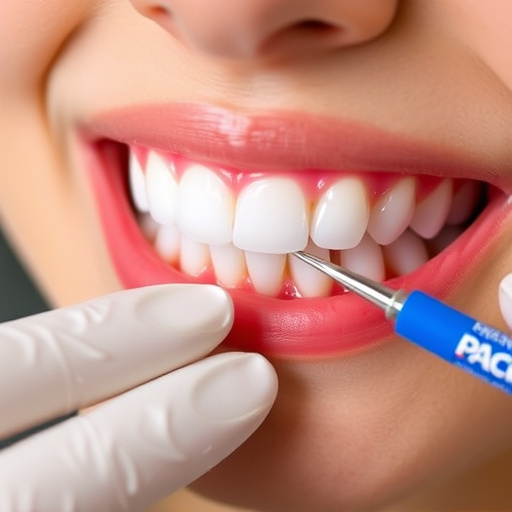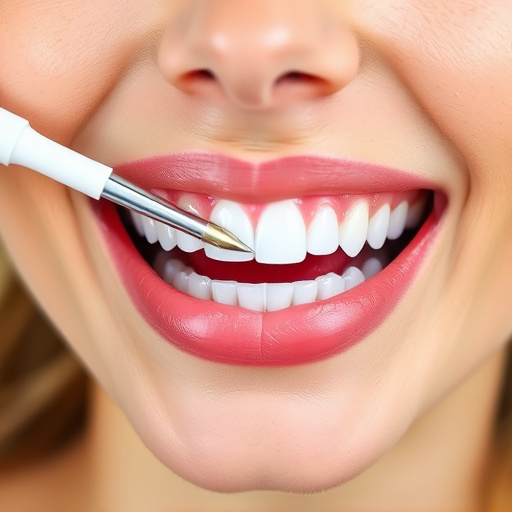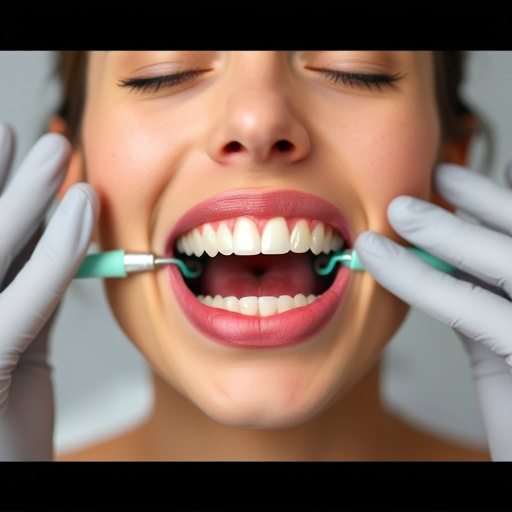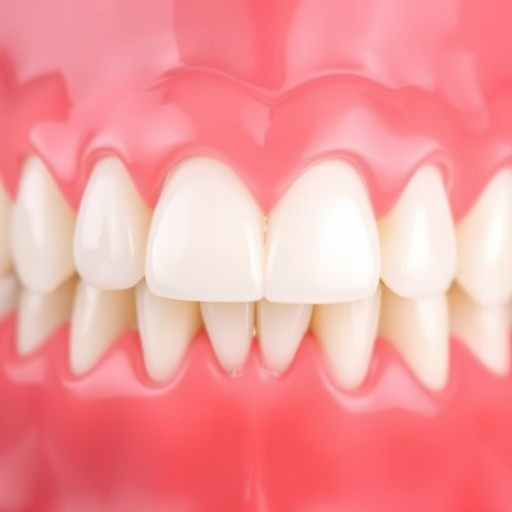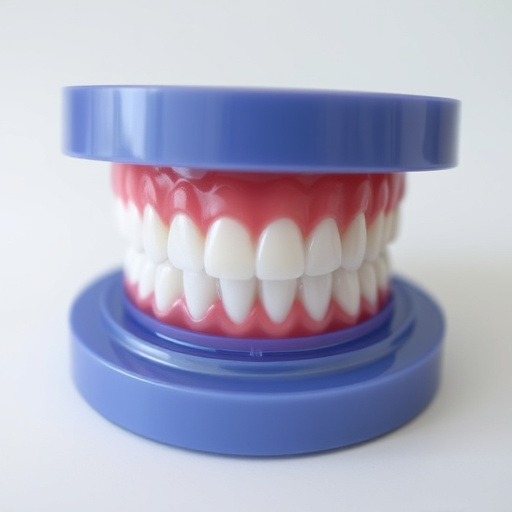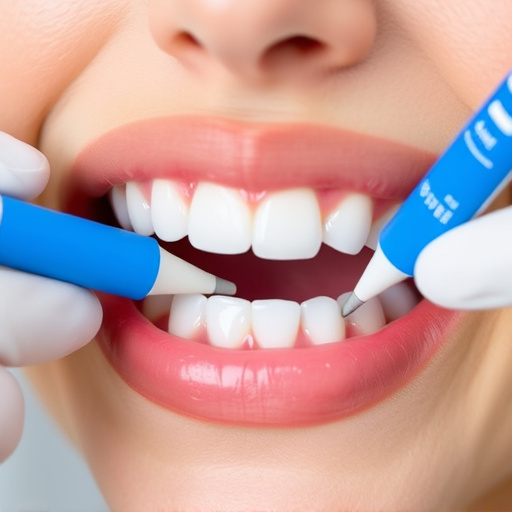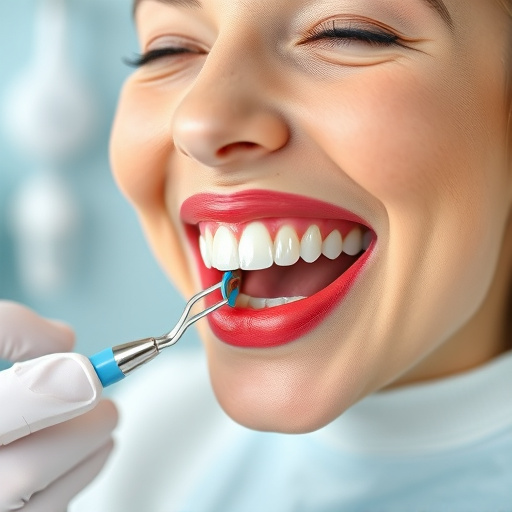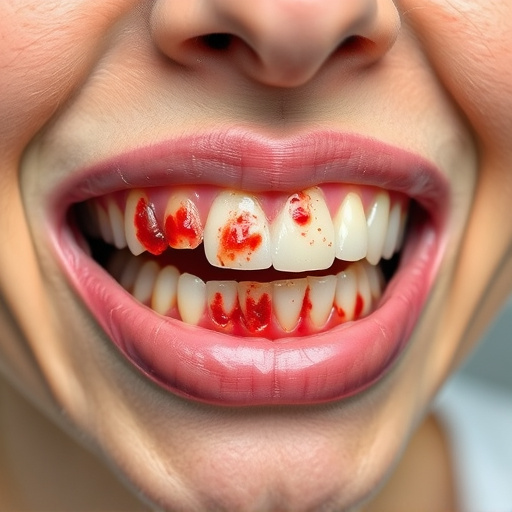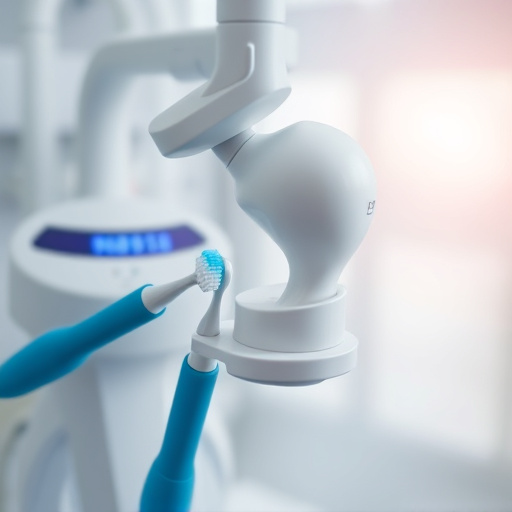A preventive dentistry program focuses on proactive oral health measures like regular checkups, cleanings, and patient education to reduce cavities, gum disease, and systemic condition risks. Key components include routine dental exams, X-rays, early detection of issues, and personalized interventions such as fluoride treatments and professional cleaning. This comprehensive approach not only enhances overall oral health but also reduces the need for costly procedures, contributing to healthier mouths and stronger communities.
Discover the power of proactive oral care with our in-depth look at preventive dentistry programs. Learn how routine checkup plans, tailored to your needs, can be a game-changer for your dental health. We’ll explore the key components that make these programs effective and outline benefits ranging from cost savings to early disease detection. Get ready to take control of your smile with our comprehensive guide on implementing a preventive dentistry program today.
- Understanding Preventive Dentistry Programs
- Components of an Effective Routine Checkup Plan
- Benefits and Implementation Strategies
Understanding Preventive Dentistry Programs
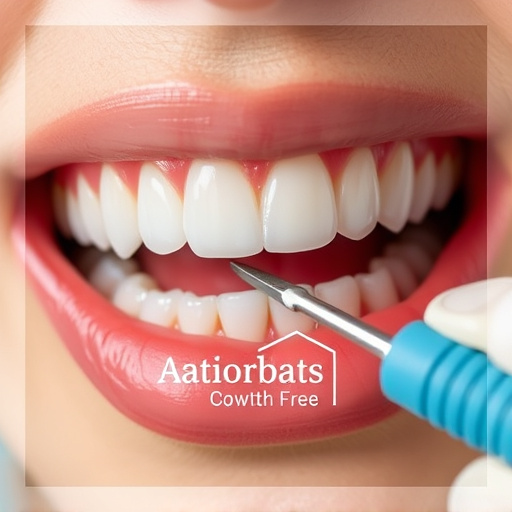
Preventive dentistry programs are designed to promote oral health by focusing on preventative measures rather than merely treating dental issues after they arise. These programs emphasize regular checkups, cleanings, and patient education as key components in maintaining a healthy smile. By implementing routine care practices, individuals can significantly reduce the risk of cavities, gum disease, and other oral health problems.
One essential aspect of preventive dentistry involves regular dental cleanings to remove plaque buildup and tartar above and below the gumline. Additionally, checkups allow dentists to perform thorough examinations, identify potential issues early on, and provide appropriate guidance tailored to each patient’s unique needs. This proactive approach extends beyond basic dental care, encompassing educational components that teach patients about proper oral hygiene practices, including brushing techniques, diet choices, and at-home care regimens. Such holistic strategies not only foster better oral health but also contribute to overall well-being by reducing the risk of related systemic conditions.
Components of an Effective Routine Checkup Plan
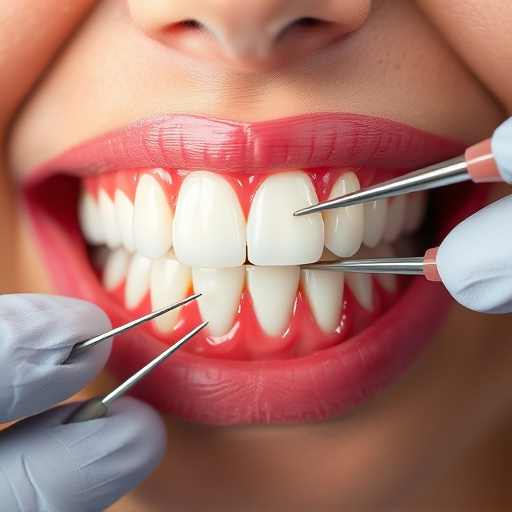
An effective routine checkup plan for a preventive dentistry program should include several key components to ensure comprehensive oral health care. Firstly, regular dental examinations are paramount. These visits allow dentists to thoroughly inspect teeth and gums for any signs of decay, gum disease, or other issues. During these exams, the dentist can also provide professional cleaning, remove plaque and tartar buildup, and apply topical fluoride treatments to strengthen tooth enamel.
Additionally, X-rays should be a part of the routine checkup plan. These images enable dentists to detect problems not visible during a regular examination, such as hidden cavities, bone loss, or impacted teeth. By incorporating both examinations and diagnostic imaging, general dentistry practices can facilitate early detection of oral health issues, thereby promoting effective restorative dentistry interventions when necessary, including procedures like dental crowns.
Benefits and Implementation Strategies
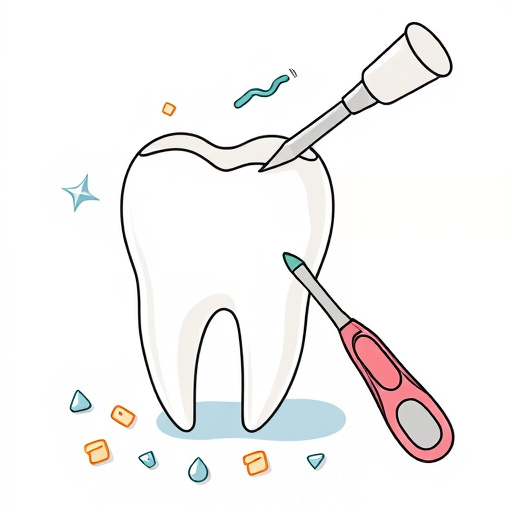
Implementing a comprehensive preventive dentistry program with routine checkup plans offers numerous benefits for both individuals and society at large. By focusing on early detection, this approach significantly reduces the need for extensive and often costly dental procedures in the future. Regular visits to a family dentistry practice allow for consistent monitoring of oral health, enabling dentists to identify potential issues early when they’re easier and less expensive to treat. This proactive strategy not only saves money but also helps maintain a healthier smile over time, reducing risks associated with advanced dental diseases, including the need for procedures such as dental crowns or dental implants.
Effective implementation requires a multi-faceted approach. Firstly, practices should offer flexible scheduling options to accommodate patients’ diverse needs and lifestyles. Educational initiatives aimed at raising awareness about preventive care can empower patients to take an active role in their oral health management. Additionally, leveraging technology for remote consultations and digital record-keeping streamlines the process, making it more accessible and convenient. By integrating these strategies, dental practices can foster a culture of preventive care, setting the stage for healthier mouths and stronger communities.
A preventive dentistry program with well-structured routine checkup plans is a game-changer in oral health management. By incorporating regular dental examinations, professional cleanings, and patient education, these programs significantly reduce dental issues and improve overall oral health. Implementing such initiatives can lead to cost-effective healthcare, enhance patient satisfaction, and foster a proactive approach to maintaining vibrant, healthy smiles. Embrace the benefits of preventive dentistry to create a brighter, healthier future for your patients.
